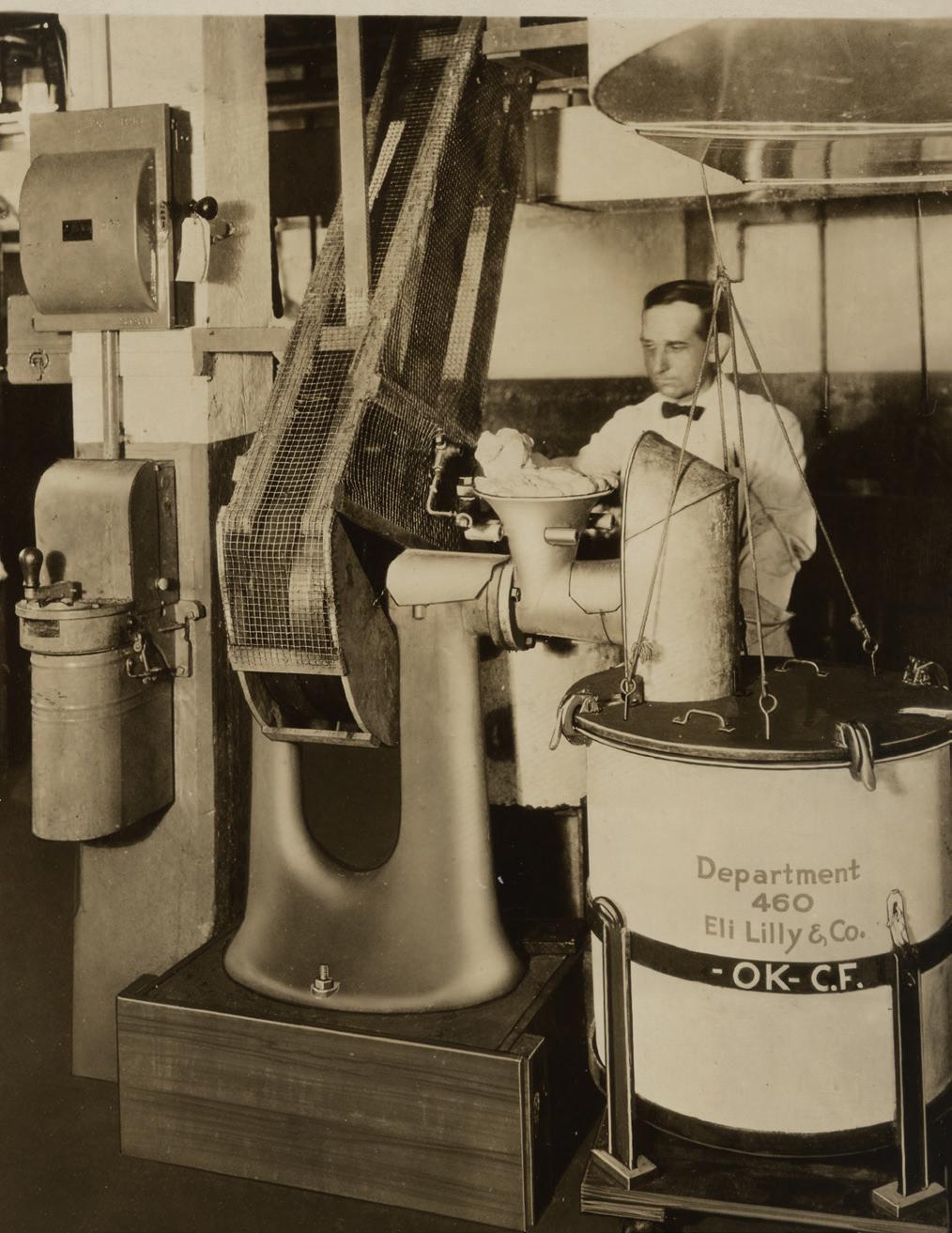
2 minute read
Hogs Themselves
By Wanda Lassiter, Curator
Pork is the meat most eaten in the world. In fact, the United States is the third-largest consumer and producer of pork and its products. Over 26 billion pounds of pork were produced by meat companies in the United States in 2017. Surveys confirm that the average American annually consumes about 50 pounds of pork. Sausage, pork chops, bacon, fatback, and barbecue are all foods derived from the pig.
Hogs are extremely important in the field of medicine as a source of over 20 prominent drugs such as insulin, amoxicillin, penicillin, and heparin. Hog skins that have been specially treated aid in human flesh burns. And pig heart valves have been used to replace human heart valves.
The ingredients listing of your favorite foods can tell you if that food has a pork ingredient. Look for terms such as monoglycerides, enzymes, diglycerides, collagen, and keratin. Some pet foods are also made from rendered pig products. Gelatin and collagen from pigs are used for products such as pudding, yogurt, gummy candy, ice cream, marshmallows, and safety gloves.
Also look for swine skin in shoes and clothing. Paintbrushes can be found made of pig hair. Ground bones can be used to make paper, jigsaw puzzles, and bullets. Lotions, antifreeze, crayons, toothpaste, and makeup are among those items made from pig fat and organs.
FARMER AND SWINE, 1941

Currituck County
Courtesy of the Currituck County Center of the North Carolina Cooperative Extension
PANCREAS GLANDS THROUGH GRINDERS, ca. 1940

Pancreas glands are run through grinders prior to the insulin extraction process. Pork- and beef-derived insulin can be used by humans because they are all very similar.
Courtesy of the National Museum of American History, Smithsonian Institution









